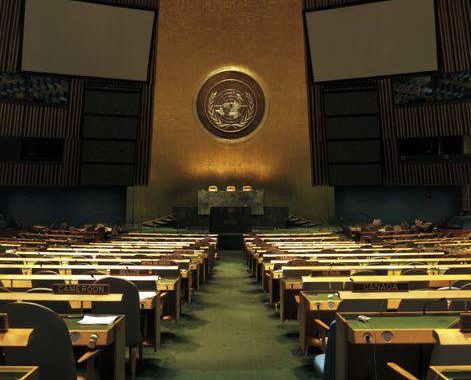
Unravelling the United Nations: Examine organisational failures
Established in 1945 as a response to World War II, the United Nations (UN) aims to maintain international peace and security while addressing global challenges like poverty and inequality. It comprises six organs, with the General Assembly (UNGA) serving as a forum for all member states, and the Security Council (UNSC) wielding significant power through binding resolutions. However, the UNSC’s veto power held by five permanent members often leads to paralysis in decision-making, prioritising national interests over global consensus. This outdated and undemocratic structure hinders the UN’s effectiveness. Despite these flaws, the UN has achieved notable successes, such as eradicating smallpox and stabilising post-conflict nations, underscoring the need for reform to enhance its role in promoting global cooperation and security.

